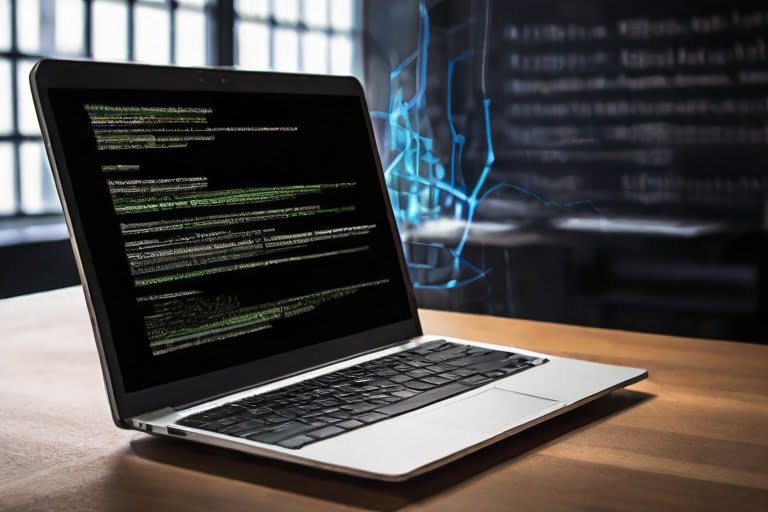
The Future of Work in Engineering: Remote Collaboration, Virtual Design, and Digital Twins
future of engineering : in recent years, the landscape of engineering work has undergone a profound transformation, driven by advancements in technology and the changing expectations of both employees and employers.
This transformation is perhaps most evident in the shift towards remote collaboration, virtual design, and the emergence of digital twins.
Remote collaboration
- Remote collaboration has become increasingly prevalent in the engineering field, enabled by the proliferation of digital communication tools and platforms.
- Engineers no longer need to be physically present in the same location to collaborate effectively on projects.
- Instead, they can leverage video conferencing, instant messaging, and project management software to communicate and coordinate their efforts in real-time, regardless of their geographic locations.
- This has not only facilitated greater flexibility and work-life balance for engineering professionals but has also opened up new opportunities for global collaboration and talent acquisition.
Virtual Design
- Virtual Design also known as computer-aided design (CAD), has revolutionized the way engineers conceptualize, model, and iterate on designs.
- With powerful CAD software, engineers can create highly detailed and accurate digital representations of products, structures, and systems before they are physically built.
- This not only streamlines the design process but also enables engineers to identify and address potential issues early on, saving time and resources in the long run.
- Additionally, virtual design facilitates collaboration among multidisciplinary teams, allowing engineers, architects, and designers to work together seamlessly to bring their ideas to life.
Digital twin
- One of the most exciting developments in engineering work is the emergence of digital twins.
- A digital twin is a virtual replica of a physical asset or system that is continuously updated with real-time data from sensors, IoT devices, and other sources.
- This digital representation allows engineers to monitor and analyze the performance of the physical asset in a virtual environment, enabling predictive maintenance, optimization, and troubleshooting.
- Digital twins have applications across various industries, from manufacturing and energy to healthcare and transportation.
- For example, in manufacturing, digital twins can be used to simulate production processes, identify bottlenecks, and optimize factory layouts.
- In healthcare, digital twins can be used to model and simulate the human body, enabling personalized treatments and interventions.
Overall, the future of work in engineering is characterized by greater connectivity, collaboration, and innovation.
Remote collaboration, virtual design, and digital twins are just a few examples of how technology is reshaping the way engineers work and collaborate.
By embracing these advancements, engineering professionals can unlock new possibilities, improve efficiency, and drive meaningful change in their respective fields


